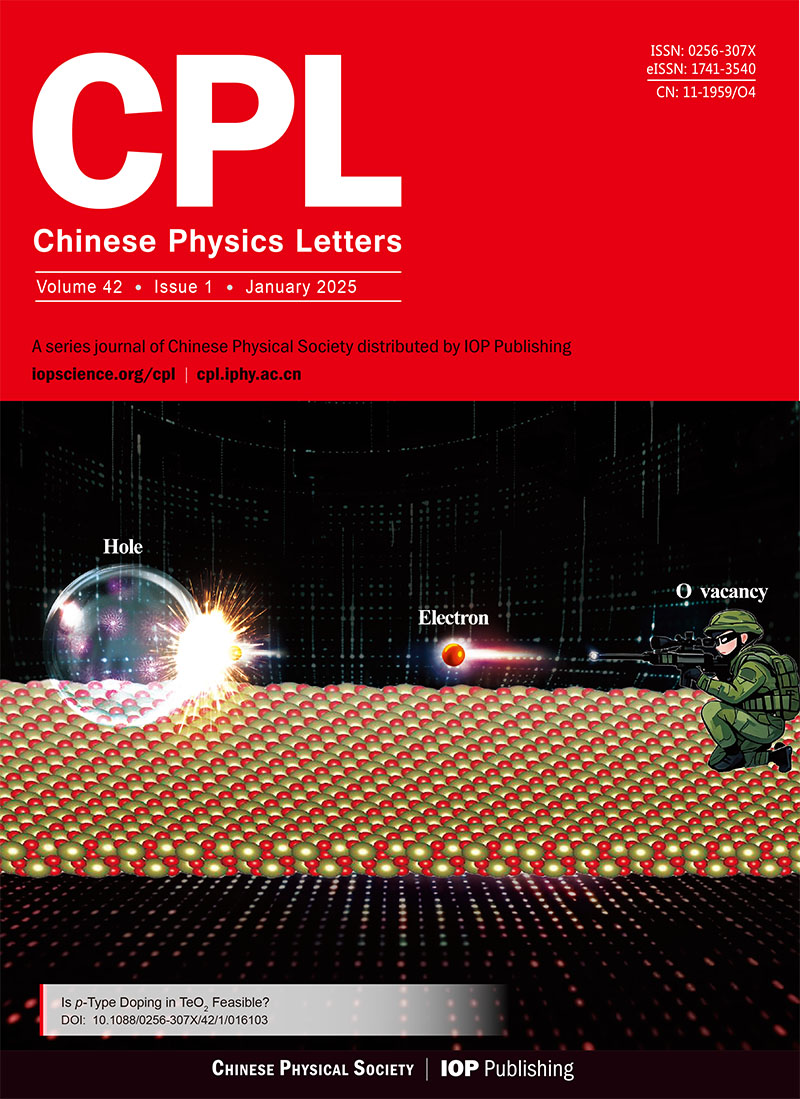Wei Hu, Hong-Ying Feng, Chao Dong. 2018: Collisional Effects on Drift Wave Microturbulence in Tokamak Plasmas, Chinese Physics Letters, 35(10): 59-62. doi: 10.1088/0256-307X/35/10/105201
| Citation: |
Wei Hu, Hong-Ying Feng, Chao Dong. 2018: Collisional Effects on Drift Wave Microturbulence in Tokamak Plasmas, Chinese Physics Letters, 35(10): 59-62. doi: 10.1088/0256-307X/35/10/105201
|
Collisional Effects on Drift Wave Microturbulence in Tokamak Plasmas
-
Department of Modern Physics, University of Science and Technology of China, Hefei 230026;Beijing National Laboratory for Condensed Matter Physics and CAS Key Laboratory of Soft Matter Physics,Institute of Physics, Chinese Academy of Sciences, Beijing 100190;University of Chinese Academy of Sciences, Beijing 100049
-
College of Mechanical and Power Engineering, China Three Gorges University, Yichang 443002
-
Beijing National Laboratory for Condensed Matter Physics and CAS Key Laboratory of Soft Matter Physics,Institute of Physics, Chinese Academy of Sciences, Beijing 100190;University of Chinese Academy of Sciences, Beijing 100049
-
Available Online:
01/01/2018
- Fund Project:
the National Natural Science Foundation of China under Grant Nos 11705275,11675257 and 11675256,the Strategic Priority Research Program of the Chinese Academy of Science under Grant No QYZDJ-SSW-SYS016,and the External Cooperation Program of the Chinese Academy of Sciences under Grant No 112111KYSB20160039
-
-
Abstract
Collisional effects on the microturbulence,excited by the electrostatic drift-wave instability,are investigated through first-principle large scale gyrokinetic particle simulations using the realistic discharge parameters of the DlⅢ D Tokamak.In the linear simulations,the growth rates of the drift waves are decreased by the collisions compared to the collisionless simulations in the lower and higher Te plasmas.In the lower Te plasma,the collisions can promote the transition of the drift wave regime from the TEM-dominant instability to the ITG-dominant instability.The zonal flows are excited by the microturbulence and work as a modulation mechanism for the microturbulence in the nonlinear simulations.Microturbulence can excite high frequency zonal flows in the collisionless plasmas,which is in agreement with the theoretical work.In the lower Te plasma,the collisions decrease the microturbulence in the nonlinear saturated stage compared to the collisionless simulations,which are beneficial for the plasma confinement.In the higher Te plasma,the final saturated microturbulence shows a slight change.
-

-
References
-
-
Access History


 首页
首页 登录
登录 注册
注册






 DownLoad:
DownLoad: